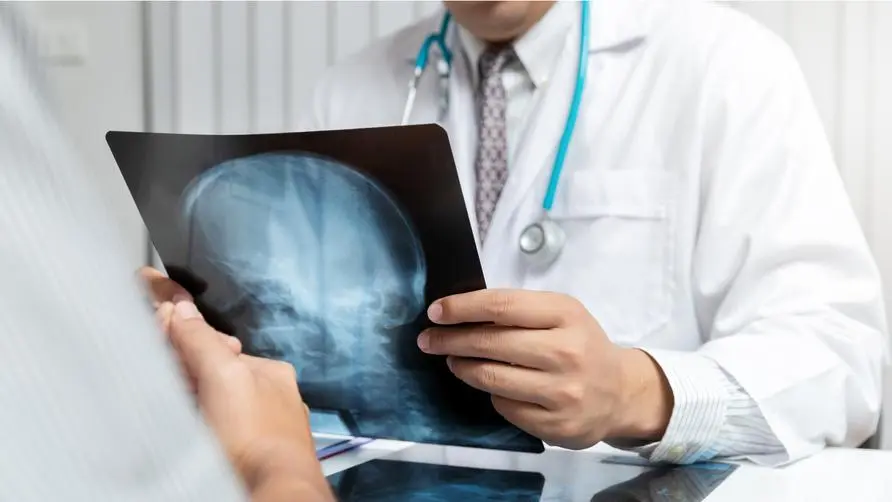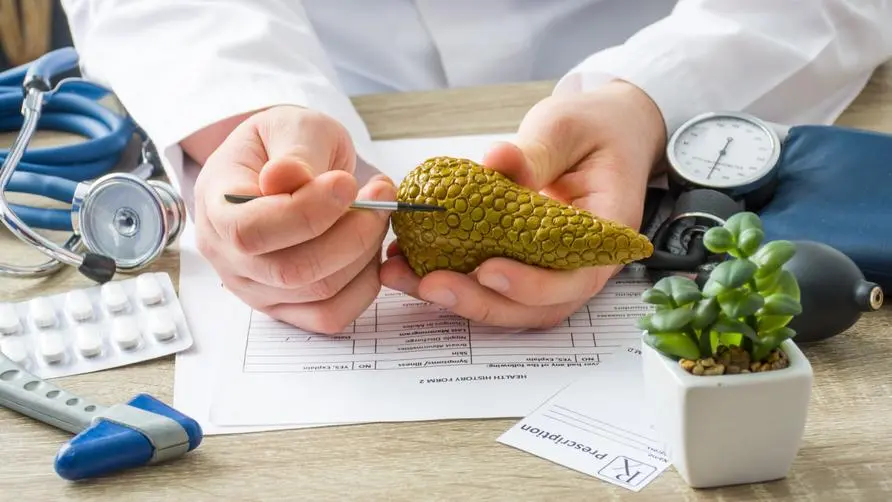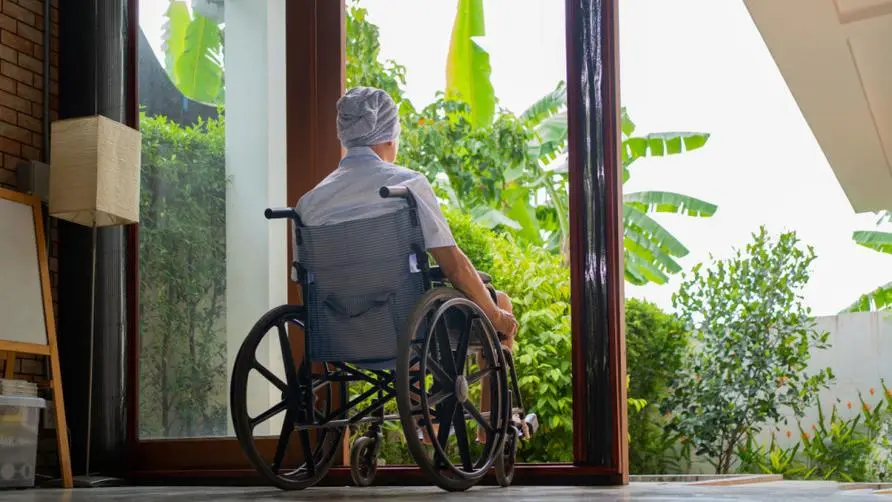Is it not enough to test only fecal occult blood and chest X-ray? This cancer screening tool has the highest CP value

Early detection can also “cure”! Health check-ups reduce cancer mortality
The latest top ten cancers are announced, and the cancer clock is speeding up again, highlighting the importance of health check-ups in preventing cancer. Dr. Luo Hongyuan of Beitou Health Management Hospital said in an exclusive interview with “healthorn” that early-stage cancer often has no symptoms, and only when the tumor grows to a certain extent will there be obvious symptoms. Health checkups can detect early-stage cancers by screening asymptomatic people. Most early-stage cancers have a good prognosis and can even be cured.
Dr. Luo Hongyuan pointed out that health examinations have obvious benefits in preventing cancer. International studies have pointed out that screening high-risk groups through low-dose computed tomography can reduce lung cancer mortality by 20%. Colonoscopy and polyp removal can reduce the incidence of colorectal cancer by 76%-90%, and removal of colorectal adenomas can even reduce colorectal cancer mortality by 53%.
In addition, hepatitis B vaccine injection or Helicobacter pylori sterilization treatment at the more cutting-edge stage can reduce the incidence of liver cancer and gastric cancer respectively. Dr. Luo Hongyuan explained that Helicobacter pylori testing can be done by collecting specimens through endoscopy, or using non-invasive carbon 13 respiratory reagents to detect infection. Gastroscopy can also simultaneously detect ulcers, polyps, gastroesophageal reflux, and whether there are precancerous lesions in the stomach.
What screening tools are available for colorectal cancer? Colonoscopy has the highest CP value
Colorectal cancer ranks first among the top ten cancers, and fecal occult blood screening is the main examination tool in Taiwan. Dr. Luo Hongyuan said that large intestinal tumors can cause bleeding to a certain extent, and positive fecal occult blood can reasonably suspect the risk of colorectal cancer. However, tumors do not bleed all the time, and earlier cancers may not have bleeding symptoms. Bleeding may also be caused by upper gastrointestinal tract or hemorrhoids, but it does not necessarily mean that it is cancer.
“The more accurate screening tool is colonoscopy, which not only has examination but also has therapeutic functions. It can be said to have the highest CP value among all health examination items!”
Dr. Luo Hongyuan explained that colorectal polyps found during colonoscopy can be resected directly. If early-stage cancer is found, endoscopic resection can also be used directly as treatment. It is recommended that people with a family history of colorectal cancer, those who regularly consume high-fat and high-sugar diets, love red meat, and do little exercise should consider undergoing colonoscopy.
Is X-ray examination not enough for lung cancer? Who is low-dose computed tomography suitable for?
Lung cancer ranks first among the top ten causes of cancer death, and the number of cases continues to rise. Dr. Luo Hongyuan explained that the general initial examination method is lung X-ray, and the diagnostic rate for early-stage lung cancer is low unless the tumor grows to a certain size before it can be discovered under X-ray.
An advanced tool is low-dose computed tomography of the lungs, which can detect smaller lesions early and can also be used as a basis for tracking changes. Dr. Luo Hongyuan reminds that those who smoke or have a family history of lung cancer should pay attention to lung cancer screening.
Breast cancer screening requires at least two complementary tests to improve the diagnosis rate
Dr. Luo Hongyuan said that the Women’s Breast Cancer Examination Association recommends that it is best to use at least two screening tools, such as breast ultrasound plus mammography, or breast ultrasound plus MRI, which can improve the diagnosis rate. Mammography can detect calcification points in breast tissue. The disadvantage is that there is a certain amount of radiation, and the density of the breasts will affect the diagnostic accuracy. Generally, the breast tissue of Western women is less dense, and the diagnostic rate is better than that of Eastern women.
As for breast MRI, it is used to check the blood flow performance of the breast. Since breast cancer is a tumor with rich blood flow, it can be used to observe whether the local blood flow is abnormal by injecting a contrast agent and used in conjunction with ultrasound for diagnosis. The advantage of breast MRI is that there is no radiation exposure, but a contrast agent must be injected, and a very small number of people may have allergies.
Liver cancer screening mainly uses blood ultrasound. Risk groups should pay attention
Most liver cancer screening tests use blood tests for fetal alpha protein and abdominal ultrasound examinations. Blood tests are also performed to detect hepatitis B and hepatitis C carriers. Advanced testing tools use blood fetal alpha protein combined with MRI or computed tomography.
“Ultrasound examination is simple and non-invasive, but it is easily blocked by air during the examination. It is difficult to examine the liver boundary tissue clearly, and more severe fatty liver will also affect the diagnosis!” Dr. Luo Hongyuan said.
Dr. Luo Hongyuan explained that MRI and CT scans are less susceptible to air interference, but relatively speaking require injection of contrast agent. If you have a family history of liver cancer, hepatitis B, hepatitis C, frequent drinking or fatty liver, etc., which are risk factors, you should be screened early.
New cancer screening technology develops, blood test detects tumor DNA?
Cancer screening technologies and tools are changing rapidly. Dr. Luo Hongyuan pointed out that the “liquid biopsy” technology that has been frequently discussed recently includes tumor indicators used in blood tests. Although the detection method is simple, there are many false positives in diagnosing cancer with only a single data. risk. Most elevated tumor indicators are due to inflammatory reactions or are related to other benign diseases. Their clinical application is limited and must be combined with imaging examinations.
In addition, in recent years, technology has also been developed to detect cancer cell DNA or free tumor cells in blood and body fluids. Dr. Luo Hongyuan explained that even if tumor DNA or cancer cells are detected in the blood, imaging examinations are still required to confirm the location of the cancer. Although considerable research investment has been made, it is still mainly used for diagnosis and tracking, and is rarely used for front-line preventive screening.
Positron scan finds cancer throughout the body? What screening tools are used in different parts of the body?
As for the “positron imaging” scan that is suitable for the whole body, it is currently mainly used to evaluate whether cancer cells have metastasized and whether it is suitable for surgery after a cancer is diagnosed. Or if cancer cell mutations are found after biopsy, the primary location of the cancer can be found through positron imaging.
Dr. Luo Hongyuan pointed out that PET photography still has its limitations. For example, cancers of the stomach, liver, and urinary tract are difficult to detect. In addition, the amount of radiation exposure is relatively large, so it is more suitable for follow-up examinations of cancer patients. Whether it is recommended that normal healthy adults undergo PET scans is still under discussion in the medical community.
Many medical institutions also offer the option of “whole-body MRI (magnetic resonance imaging) scan”. Dr. Luo Hongyuan explained that MRI has a wide range of applications and can be matched with different examination tools according to the characteristics of body tissues and organs to improve the diagnostic rate. Taking the head and neck as an example, MRI and neck ultrasound examination will be used to check whether there is thickening of the thyroid or carotid artery wall.
For chest areas such as the heart and lungs, computed tomography has better resolution. Between the abdominal cavity and the pelvic cavity, MRI examination can help detect tumors. However, MRI has a low diagnostic rate for stones. It will assist ultrasound in detecting gallstones, gall polyps, kidney stones, etc. In addition, MRI can also be used to examine joints and ligaments, and is also widely used in sports medicine examinations.
“Whole-body MRI examination is just a way of saying it. In fact, different screening tools must be used according to the examination site to achieve better examination results.” Dr. Luo Hongyuan reminded.
Further reading:
Are you suffering from a lot of ailments just after turning 30? What health checks should men do?




